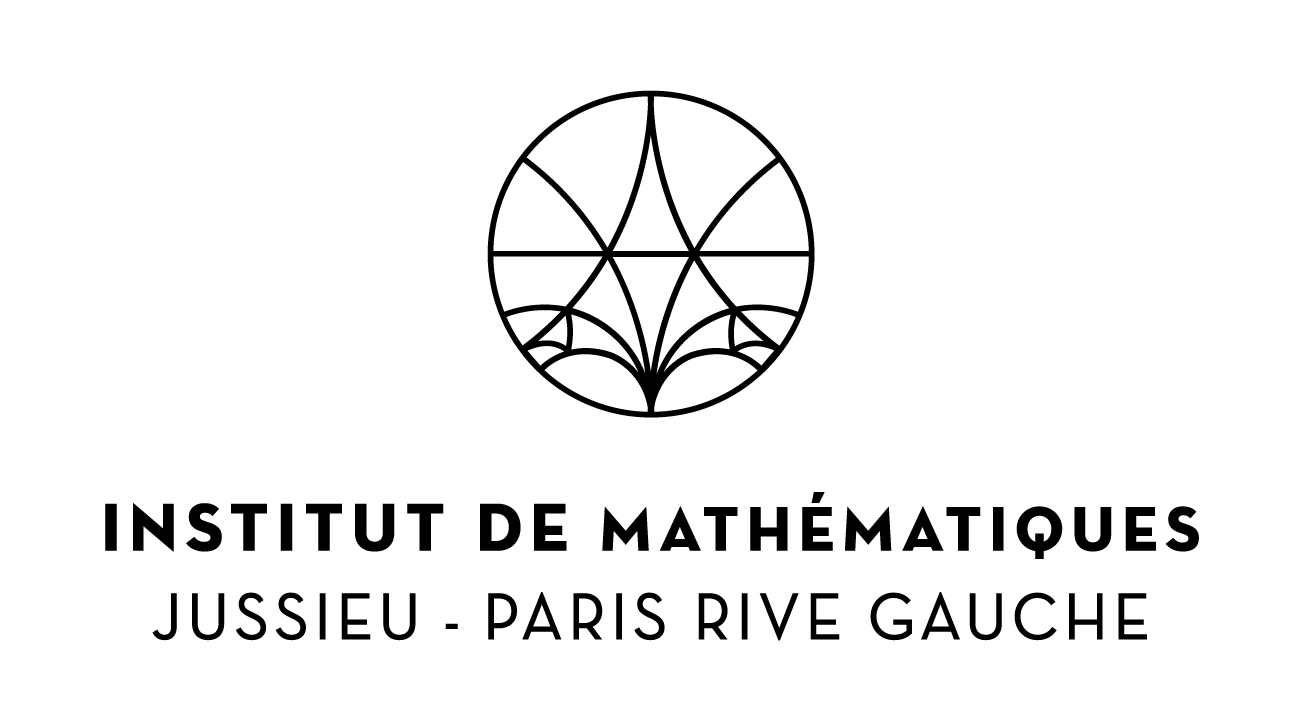Information
Chargé de Recherche at CNRS
Sorbonne Université
Labo: Institut de Mathématiques de Jussieu-Paris Rive Gauche
Equipe: Analyse Complexe et Géométrie
Addresse: 4, place Jussieu - Boite Courrier 247, 75252 Paris Cedex 05, France
Bureau: 16-26 510
My research subjects include complex algebraic-analytic geometry, complex hyperbolicity, non-abelian Hodge theories (both Archimedean and non-Archimedean settings), Nevanlinna theory, and their interactions. My current interests focus on harmonic mappings to Euclidean buildings, the linear Shafarevich conjecture, the Chern-Hopf-Thurston conjecture (sign of Euler characteristic), Kollár's conjecture on positivity of holomorphic Euler characteristic, hyperbolicity of algebraic varieties via representations of fundamental groups, deformation invariance of \(\Gamma\)-dimension (conjecture by Claudon and Campana), and algebro-geometric properties of varieties with large/big fundamental groups.


